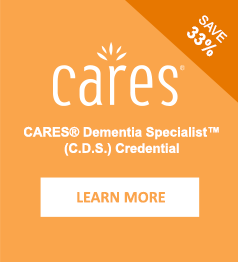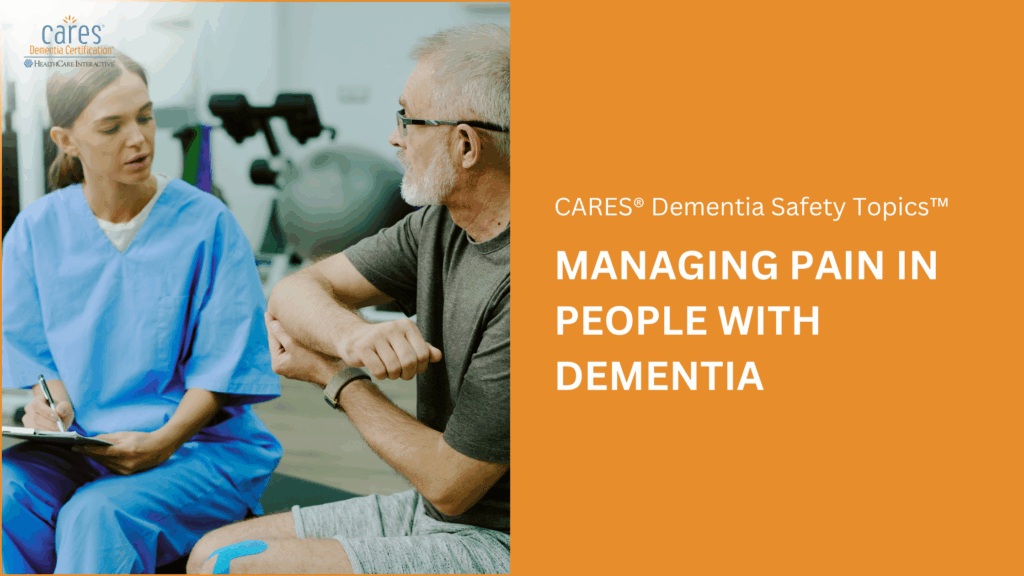When caring for someone with dementia, recognizing pain is not always straightforward. People with dementia may struggle to communicate clearly—especially about discomfort or pain. They might not be able to tell you what hurts, where it hurts, or even when it started. As a result, caregivers must become attentive observers, picking up on nonverbal signs and changes in behavior that may indicate pain.
Why Recognizing Pain in Dementia Is So Important
Pain affects not just the body, but a person’s mood, behavior, and overall well-being. When left untreated, it can lead to agitation, sleep problems, or even depression in individuals with dementia. But because they often can’t express pain in typical ways, it’s critical that caregivers learn how to identify and manage it through alternative approaches.
How Can You Tell If a Person with Dementia Is in Pain?
Knowing the person is key. Understanding their baseline behavior, medical history, and personal cues helps caregivers spot when something is “off.” Signs of pain may include:
• Grimacing or facial expressions of discomfort
• Restlessness or repetitive movements
• Moaning or calling out
• Withdrawal or aggression
• Refusing to eat or sleep
Are There Ways to Relieve Pain Without Medication?
Absolutely. While medications can play an important role in managing pain, there are many non-drug strategies that can provide relief and improve comfort:
• Gentle massage to relax muscles and improve circulation
• Repositioning the person regularly to avoid pressure and stiffness
• Playing soothing music to ease anxiety and reduce pain perception
• Light exercise or walking (as appropriate) to improve mobility
• Maintaining a clean and calming environment
• Adjusting the room temperature to a comfortable level
• Offering companionship—a calming voice, a held hand, or reassuring presence
• Monitoring subtle behavioral changes that may indicate hidden pain
These small, thoughtful acts can make a big difference in the daily lives of people with dementia.
Acute Pain vs. Chronic Pain: What’s the Difference?
Understanding the type of pain is crucial for treatment:
• Acute pain has a sudden onset, often indicating a new issue or injury. It needs prompt assessment, and a physician should be notified right away.
• Chronic pain is ongoing and typically stems from long-term conditions such as arthritis or back pain. This type of pain may already be managed with scheduled medications and requires regular monitoring.
How Dementia Affects the Perception of Pain
In people with dementia, the brain’s ability to perceive and interpret pain becomes impaired. This means:
• A minor injury might feel overwhelmingly painful
• A serious injury might go unnoticed
This disruption can make it extremely challenging to assess their pain accurately. That’s why understanding their medical history, behaviors, and communication patterns is essential.
Managing Pain: A Proactive Approach
To prevent or control pain effectively:
• Identify whether the pain is acute or chronic
• Administer medications on schedule if prescribed
• Use non-medical strategies consistently
• Observe daily behaviors for subtle changes
As caregivers, the role is to be a voice for those who may not be able to speak for themselves. By combining knowledge, compassion, and observation, we can recognize pain early and provide the comfort every person deserves.
To help you provide compassionate, informed care, we’re offering 10% OFF any of our training and certification programs. Use promo code BeautifulAugust at checkout. This special offer is valid through Aug 31, 2025—a great opportunity to deepen your understanding and enhance your caregiving skills.

